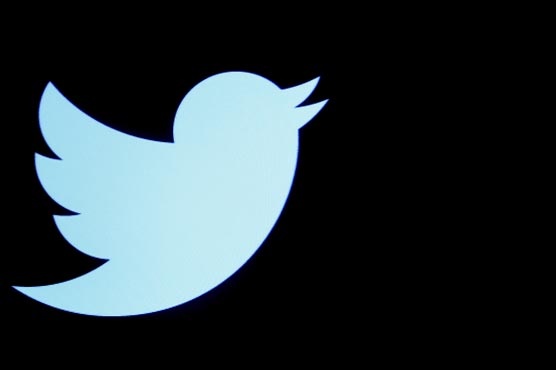Twitter's 'Birdwatch' crowd experiment courts familiar challenges

Twitter's 'Birdwatch' crowd experiment courts familiar challenges
NEW YORK (Reuters) - In January, just weeks after Twitter Inc permanently banned former President Donald Trump following the storming of the U.S. Capitol, the social media company started asking U.S. users to help identify and fact-check misleading tweets in a new pilot program.
But Birdwatch, which has about 2,000 participants and is currently cordoned off in its own section of the site, is already facing many of the same challenges as Twitter itself -discerning facts from partisan opinion and dealing with the potential for harassment or people trying to manipulate the system.
“There’s a lot to do to get there, to the point where we’re comfortable putting these things on tweets,” Keith Coleman, Twitter’s vice president of product, told Reuters.
“Birdwatchers” can flag misleading tweets and annotate them with “notes” to give more information, which other participants can rate as helpful.
Under pressure to clean up its site, Twitter started labeling misleading tweets for the first time last year, a move that intensified debates about the role major social media platforms play in public discourse. It also fueled allegations from Republican lawmakers that tech companies are censoring conservatives.
In asking users to contribute their own checks, Twitter will have to balance curating Birdwatch to make it useful without losing the legitimacy it wanted from relying on its community.
Public Birdwatch data shows notes ranging from balanced fact-checks to partisan criticism. For example, some marked the baseless claim of widespread voter fraud in November’s U.S. presidential election “not misleading.” Many simply gave opinions - a tweet from SpaceX and Tesla CEO Elon Musk should “go to Mars. And stay there” - while others added notes to opinions.
People are “fact-checking things that professional fact checkers never would,” said Alex Mahadevan, a reporter with the Poynter Institute’s MediaWise project, who analyzed Birdwatch’s data.
Coleman said the Twitter team’s next move would be updating the rating algorithm that determines which notes to highlight to make sure Birdwatchers with different views agree the information is helpful.
“It’s totally fine that there’s a mixture of quality on the input; what will matter is the quality of the output,” he said.

